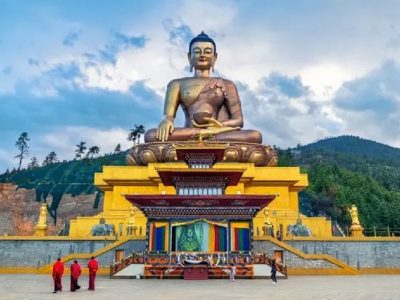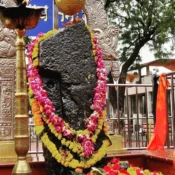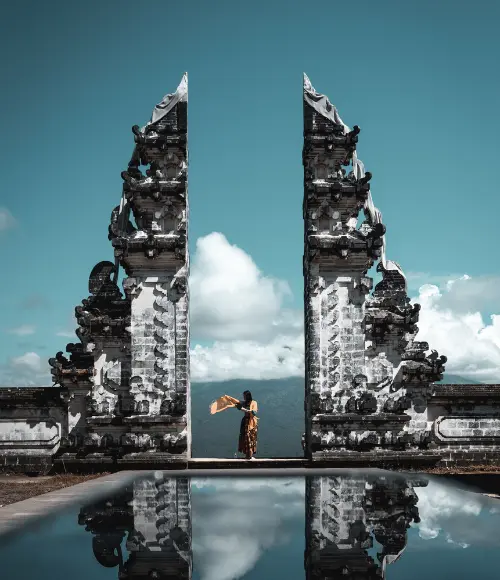Exploring the Religious Significance of the Shirdi Temple
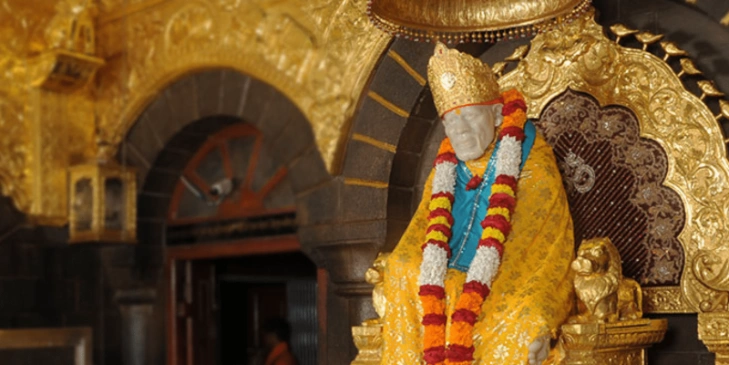
Exploring the Religious Significance of the Shirdi Temple
One of the most well-known pilgrimage destinations in India is the Shirdi Sai Baba Temple, which is located in the small town of Shirdi in the Indian state of Maharashtra. The revered spiritual leader Sai Baba, who is thought to have resided in Shirdi in the late 19th and early 20th centuries, is the center of the temple. Millions of followers travel to the temple today from all over the world in search of Sai Baba’s blessings and direction.
Sai Baba’s Teachings
The spiritual guru Sai Baba is thought to have been born in the 1830s in the Maharashtrian village of Pathri. He lived at Shirdi for the majority of his life, where he preached a message of selflessness, love, and compassion. Sai Baba taught his followers to appreciate and love individuals of all faiths since he thought that all religions were created equal. He also emphasized on the importance of self-realization and encouraged his followers to concentrate on their spiritual development.
Sai Baba was well known for working miracles, and his followers thought he possessed supernatural abilities. However he constantly overlooked his own prowess and advised his disciples to put more of an emphasis on their own spiritual development than on looking for outside miracles. Along with stressing the value of living a straightforward, modest life, he also frequently stressed detachment and renunciation in his teachings.
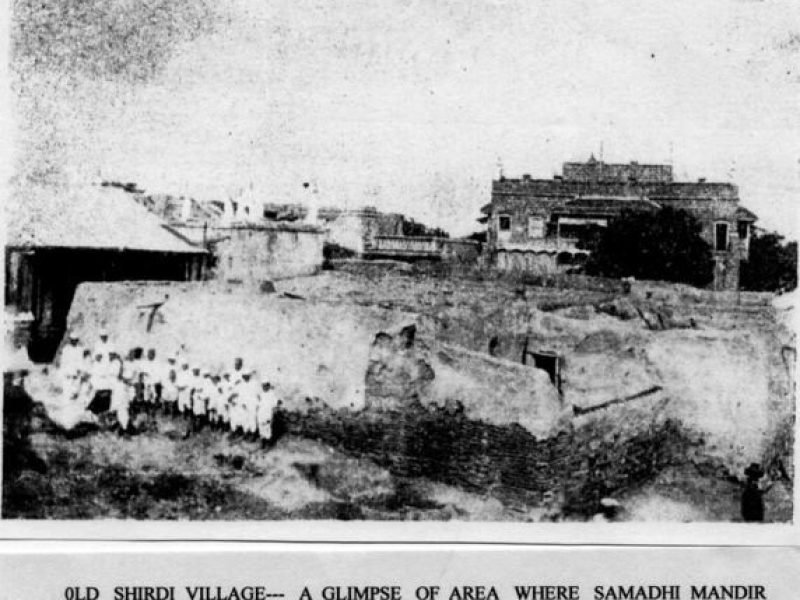
The Temple and Religious Practices
After Sai Baba’s demise in 1918, the Shirdi Sai Baba Temple was constructed in the early 20th century. The Dwarkamai Mosque and the Gurusthan are only a couple of the religious and historical sites close to the temple, which is situated in the heart of Shirdi. The expansive temple complex has a number of temples, prayer halls, and other facilities for worshippers.
People of all faiths are welcome in the temple, and Sai Baba devotees go from all over the world to seek his blessings. Hindus, who consider Sai Baba to be a manifestation of Lord Shiva, are particularly fond of the temple. However, devotees of various religions, such as Muslims, Christians, and Sikhs, who view Sai Baba as a spiritual figure who cuts over theological barriers, additionally visit the temple.
Sai Baba’s teachings and philosophy are reflected in the distinctive devotional activities of the Shirdi Sai Baba Temple. One of the most significant rituals is the aarti, which is performed in Sai Baba’s honor multiple times a day. In order to instill a sense of spiritual energy and devotion among the devotees, the aarti involves the waving of lamps and the chanting of devotional songs.
Another important practice is the distribution of prasad, which is a food offering that is blessed by Sai Baba. The Prasad is considered to be a sacred offering, and devotees believe that consuming it brings them closer to Sai Baba and helps them receive his blessings.
For devotees, the temple also provides a variety of services and facilities, including as lodging, dining, and medical attention. The temple offers devotees who remain in Shirdi for several days or weeks a welcoming and comfortable setting in which to practice their religion.
One of the ways in which the Shirdi Sai Baba Temple has impacted Indian society is by promoting religious harmony and tolerance. The temple is open to people of all faiths, and devotees of different religions come here to seek the blessings of Sai Baba. The temple’s message of unity and inclusiveness has helped to foster a sense of communal harmony and understanding among people of different religious backgrounds.
The temple has also played a role in promoting cultural traditions and preserving India’s rich heritage. The temple’s architecture and design reflect the traditional Indian style, and its rituals and practices are deeply rooted in Indian culture and history. By preserving these traditions and promoting them to a wider audience, the temple has helped to keep India’s cultural heritage alive and thriving.
The temple has also had a significant impact on the local economy, by providing employment and other opportunities for people in the region. The temple attracts millions of devotees each year, and this has led to the development of a range of businesses and services in the surrounding area. These businesses include hotels, restaurants, souvenir shops, and transportation services, among others. The temple has also helped to create jobs in sectors such as construction, maintenance, and administration.
In addition to its economic impact, the temple has also contributed to social development in the region. The temple provides a range of services and facilities for devotees, including accommodation, food, and medical care. These services are particularly important for people from low-income backgrounds, who may not have access to these amenities otherwise. The temple also supports a range of charitable activities, including education, healthcare, and disaster relief, which benefit people in the local community and beyond.
Conclusion
A representation of India’s extensive cultural and spiritual heritage is the Shirdi Sai Baba Temple. Millions of individuals have been inspired by its teachings and practises to live a more spiritual and fulfilling life, and its message of inclusivity and harmony has aided in the advancement of social development and community understanding. The temple has a wide-ranging impact on Indian society, affecting aspects of its economy, society, culture, and religion. As a result, the Shirdi Sai Baba Temple serves as a potent representation of the variety and togetherness of India as well as a reminder of the enduring influence of religion and spirituality.



